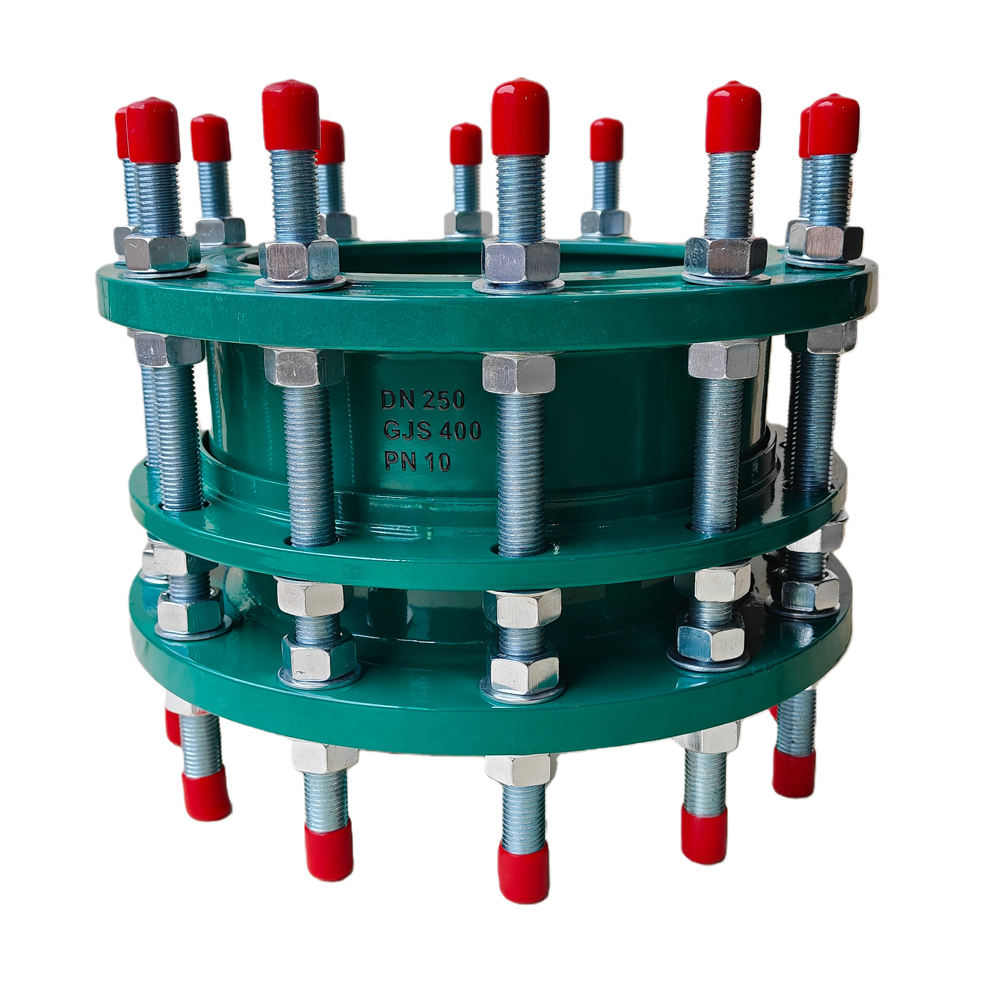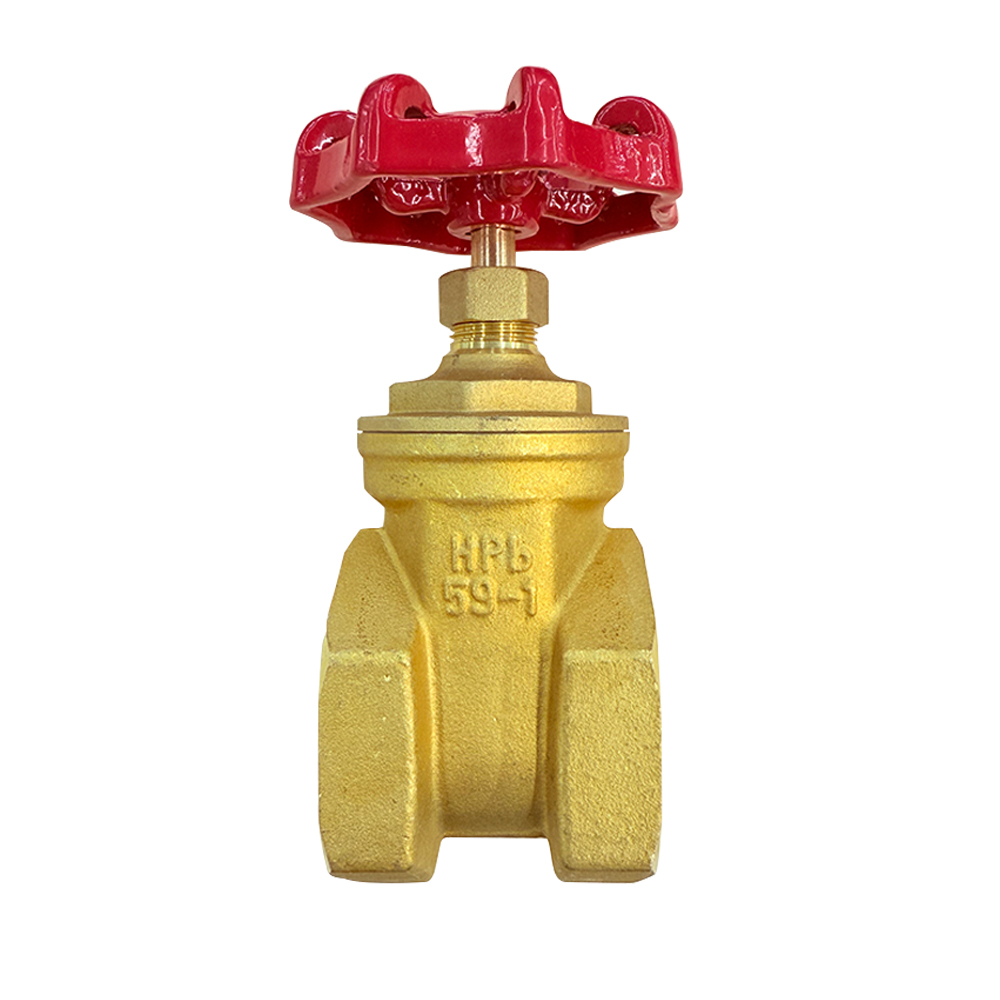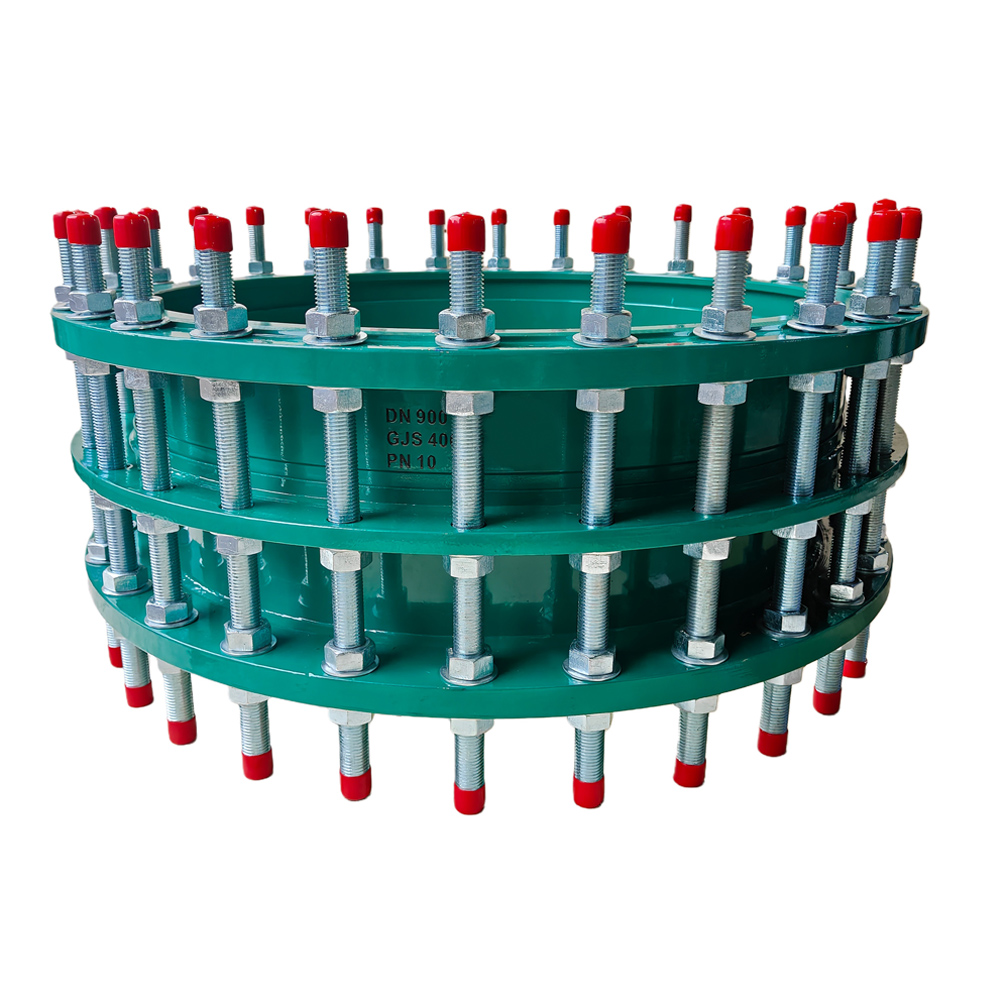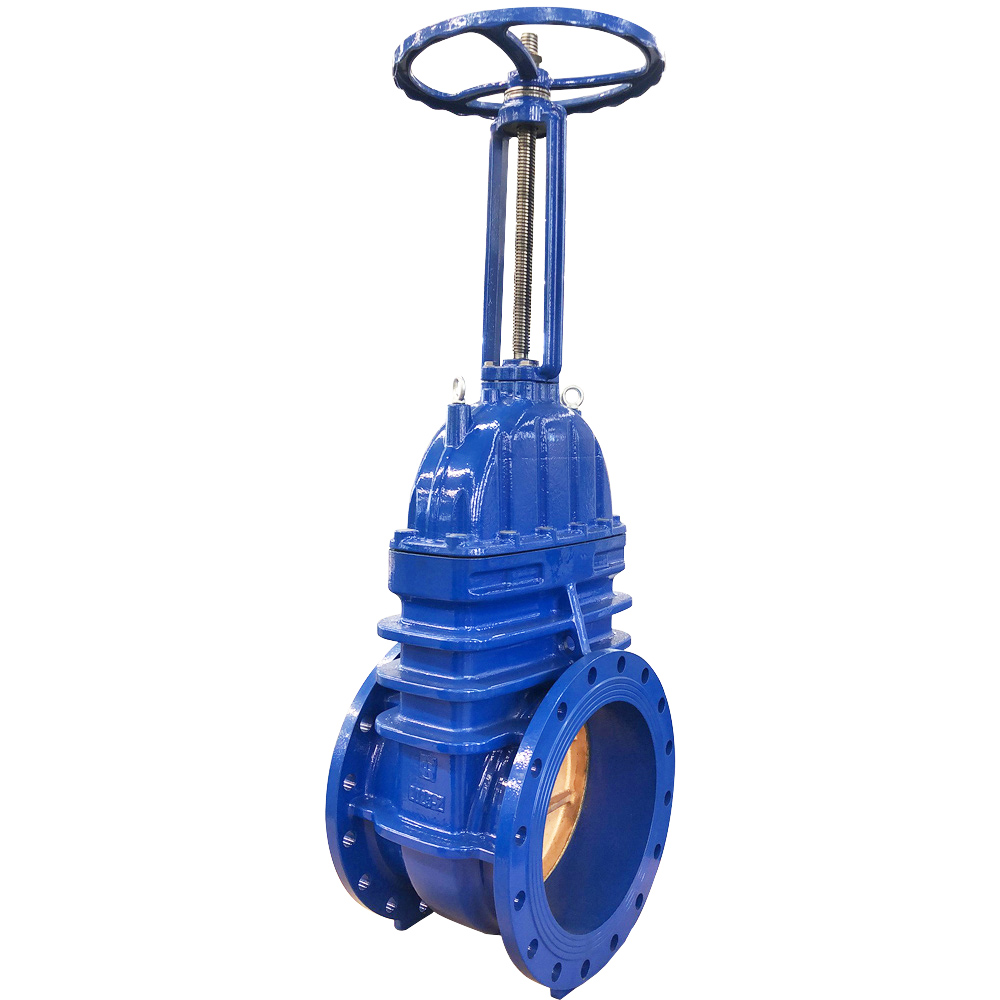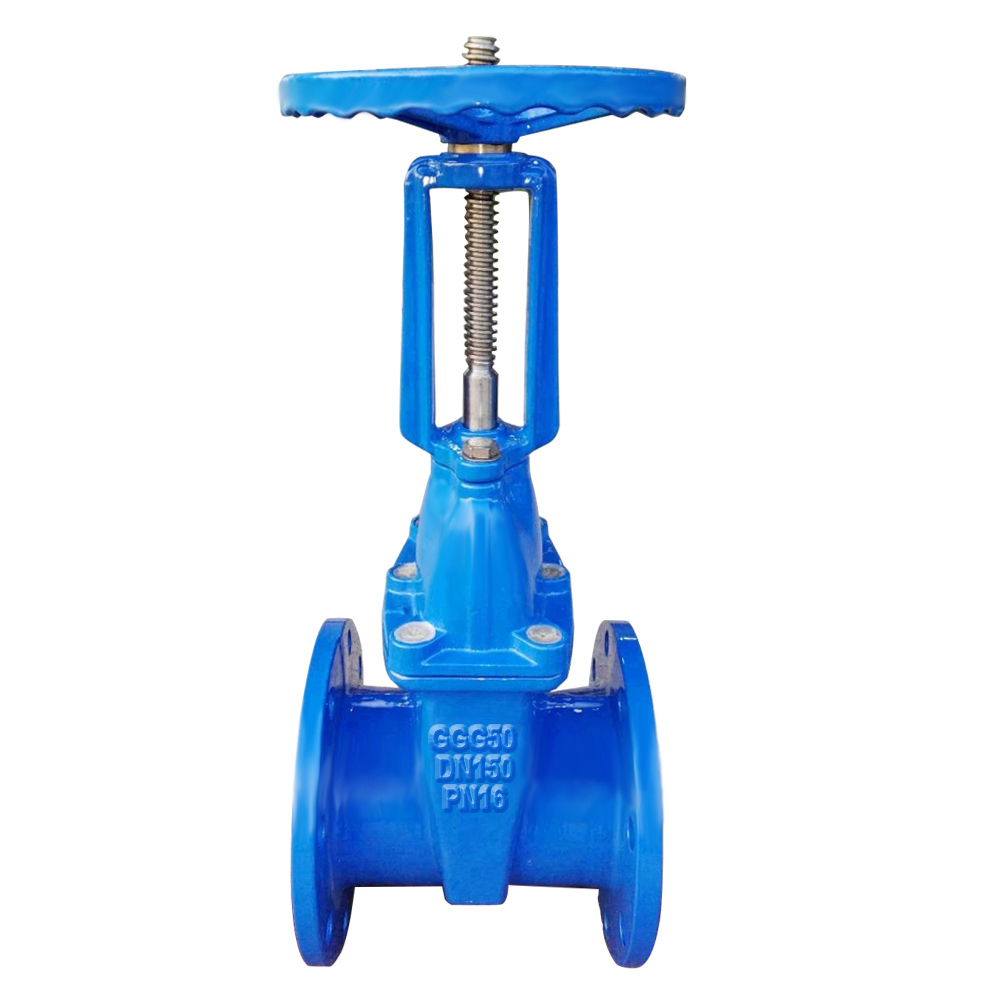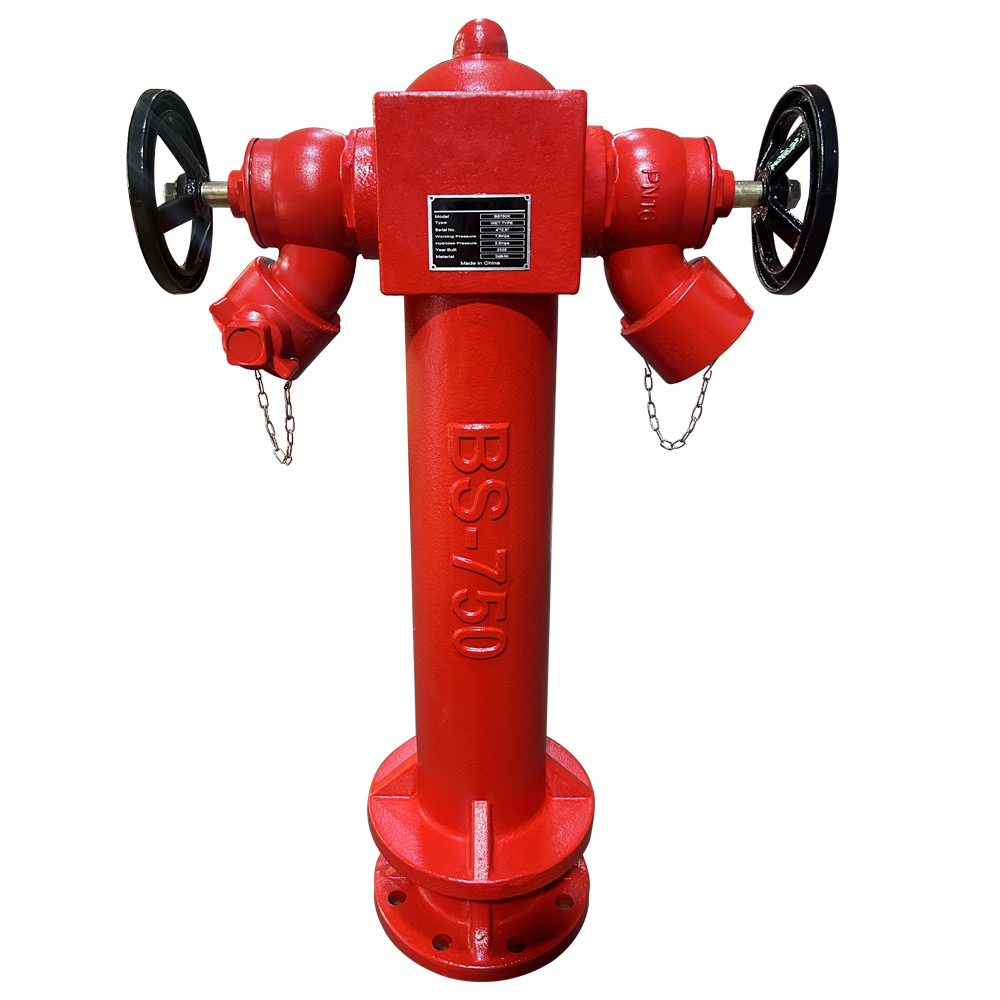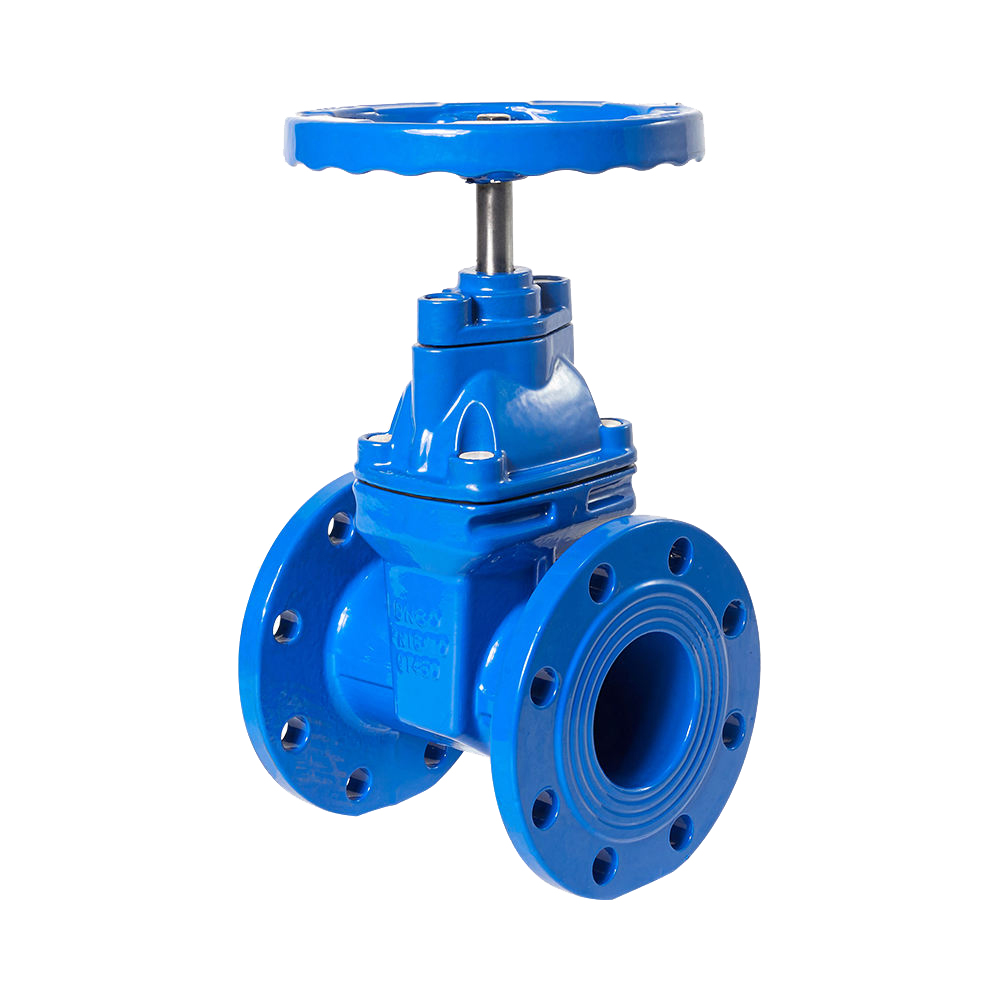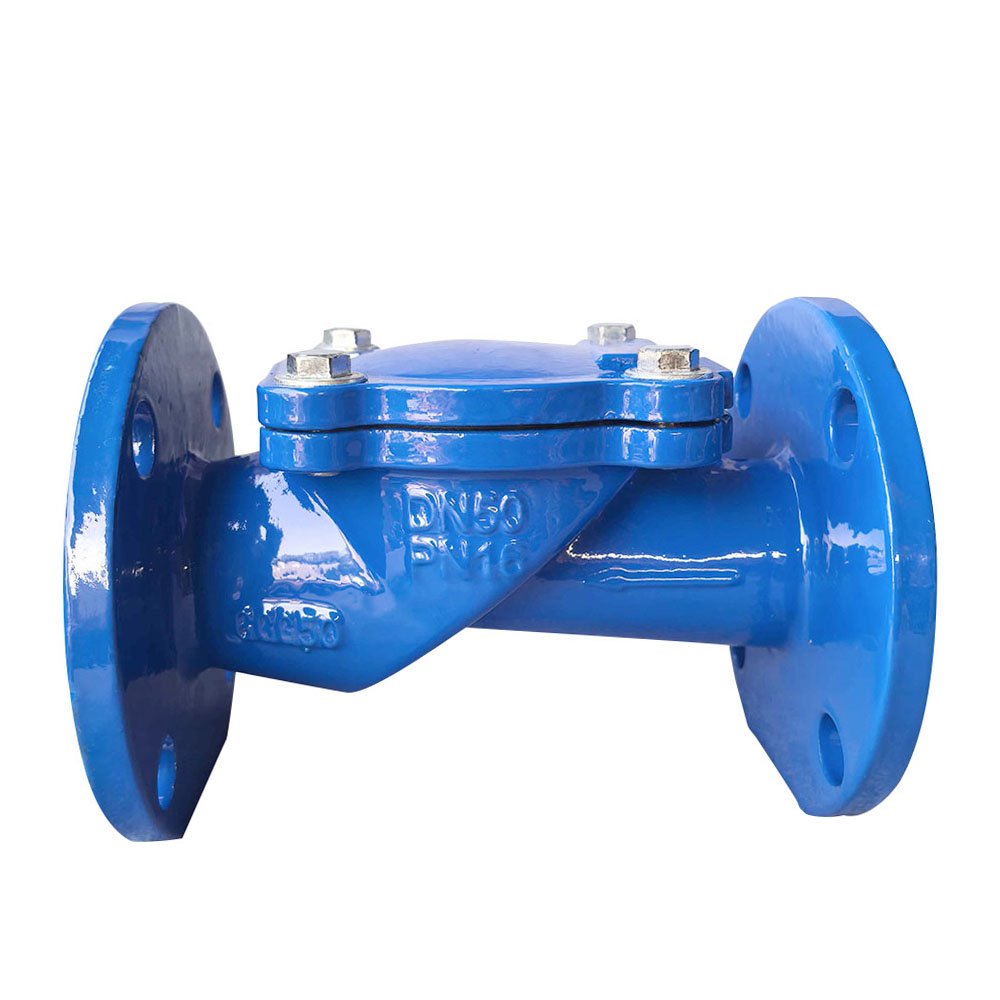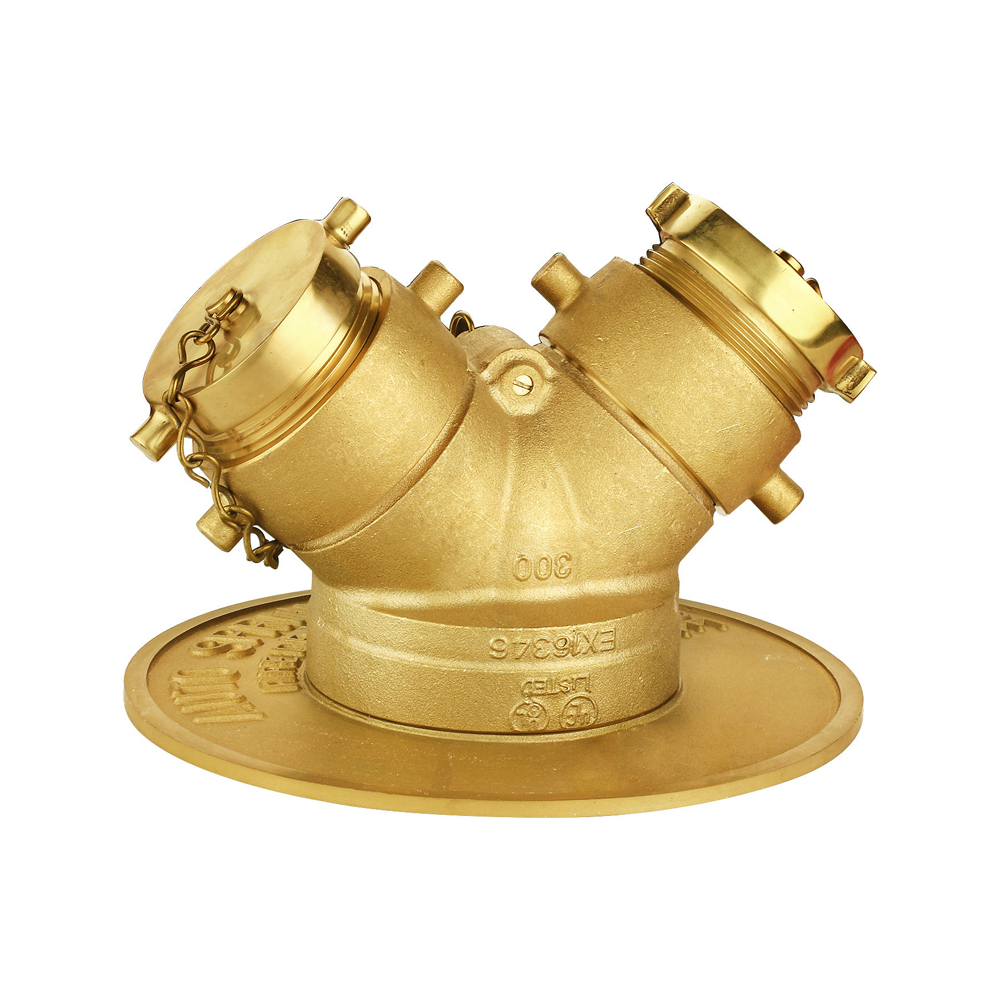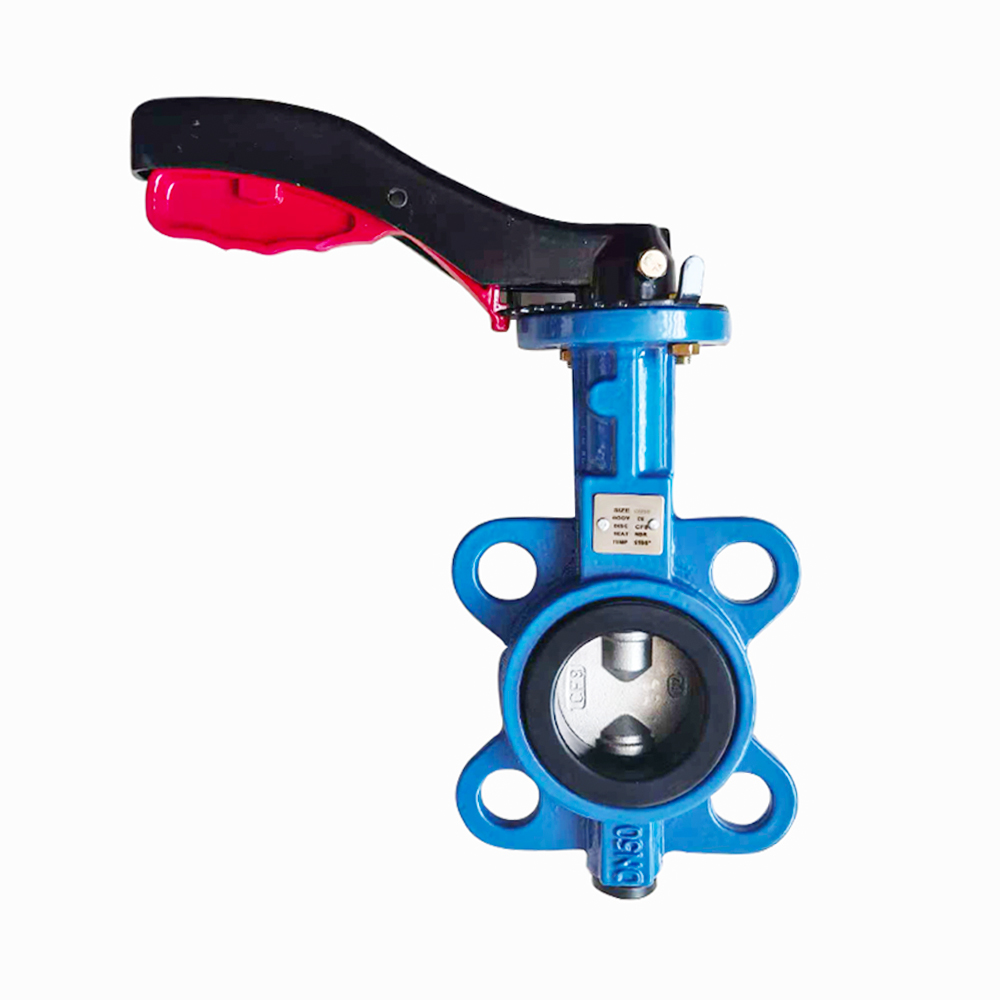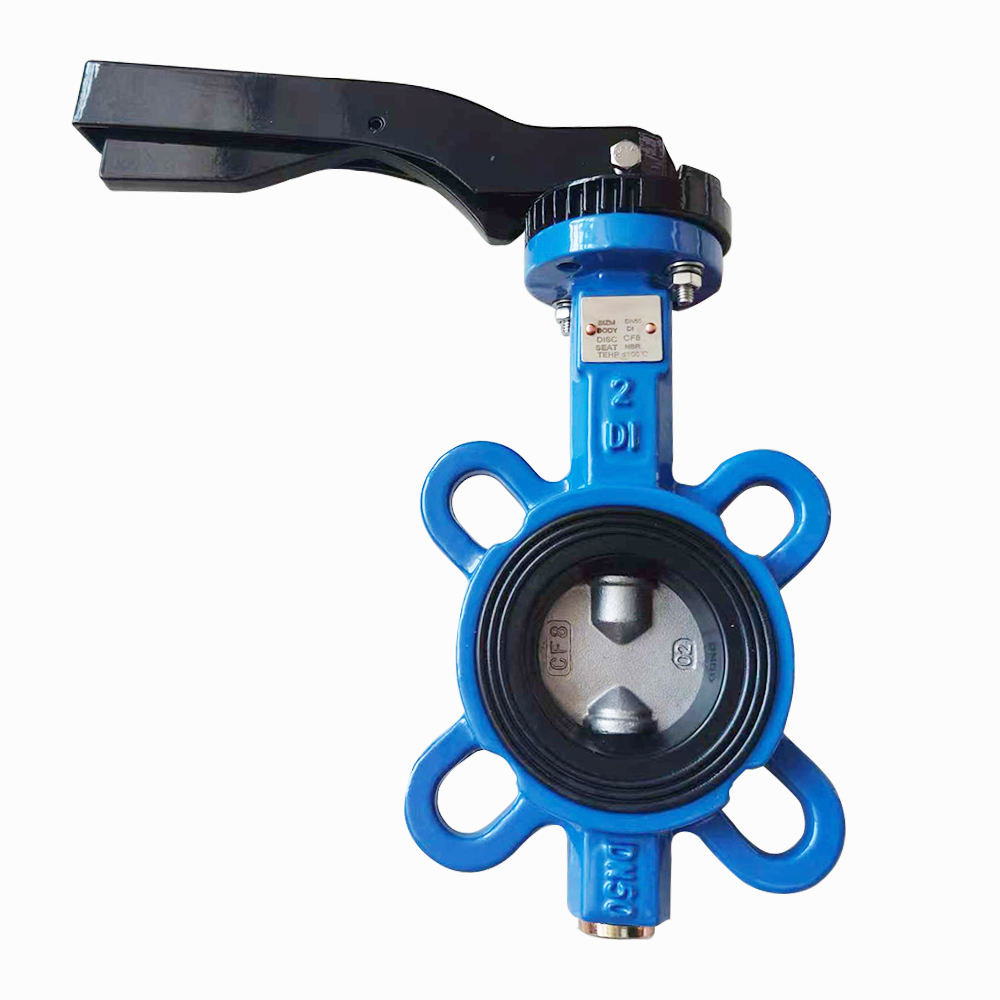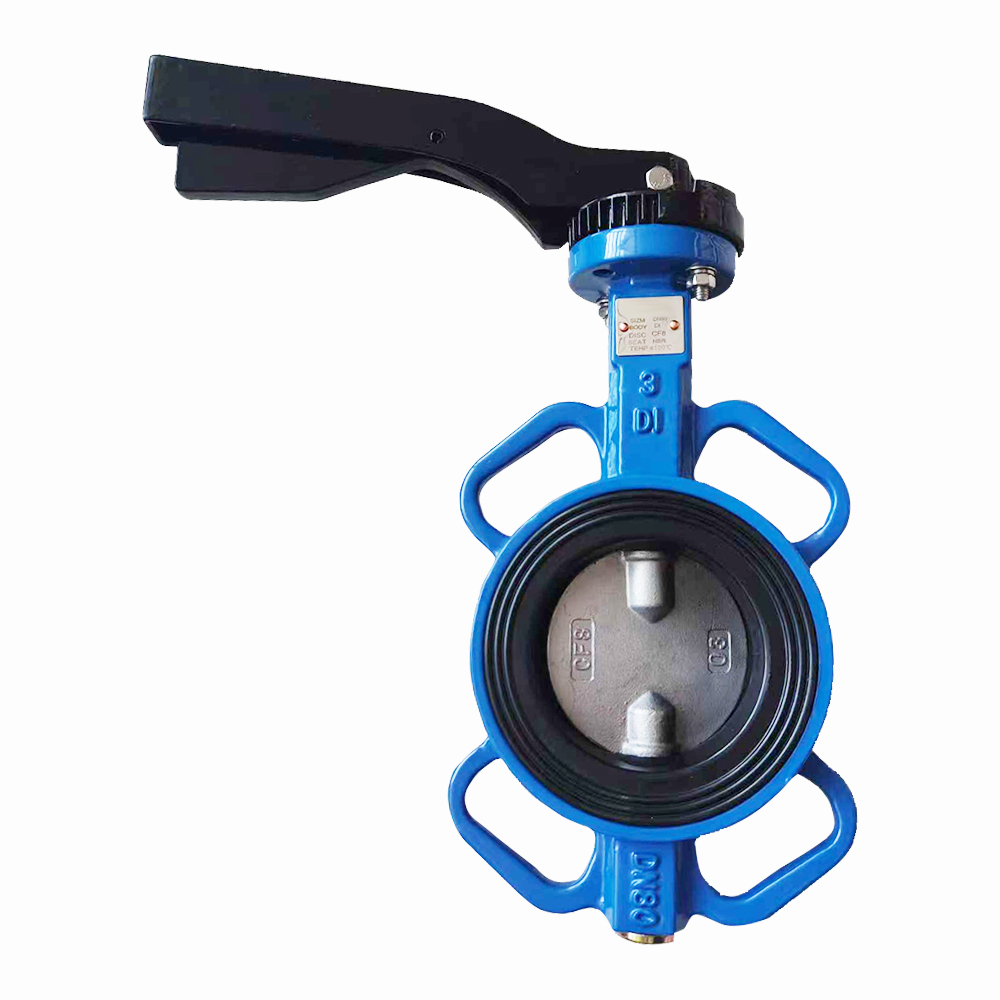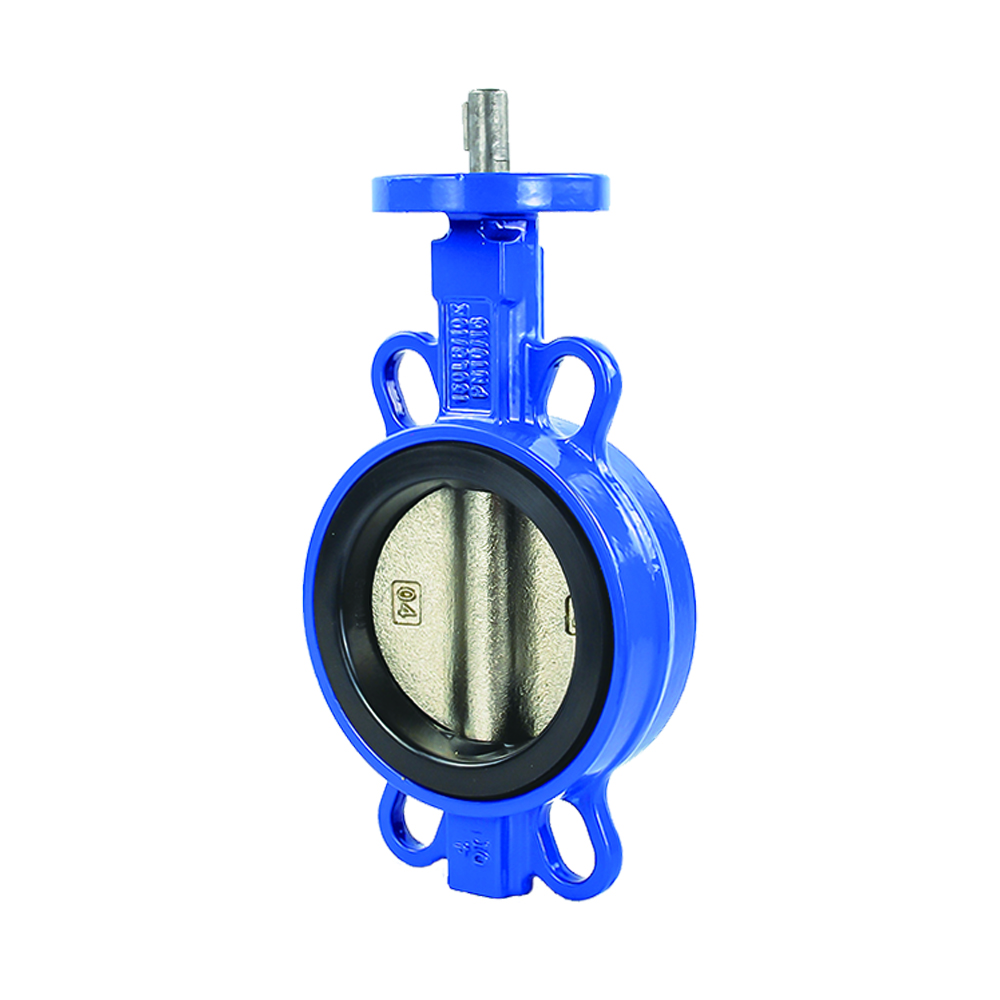
What Is a Gate Valve Used For? Industrial Applications Explained
- Home
- »
- Technical Guides
- »
- What Is a Gate Valve Used For? Industrial Applications Explained
Table of Contents
Introduction
A gate valve is one of the most common shut-off valves used in plumbing, water supply systems, and industrial pipelines. Its primary function is to start or stop the flow of liquid by raising or lowering a gate inside the valve body. In this article, we explain what a gate valve is used for, the different gate valve types, key components of gate valves, and when to consider gate valve repair or replacement.
What Is a Gate Valve Used For?
Gate valves are widely applied in situations where a full flow of liquid or complete shut-off is required. They are not suitable for throttling (regulating flow), but they are excellent for isolation. Common uses include:
Water supply systems – municipal and industrial water lines.
Oil and gas pipelines – to isolate sections for maintenance.
Power plants – steam lines and cooling water.
Plumbing systems – as main water gate valves in buildings.
RV and sewer systems – using RV gate valves for wastewater control.
If you want to learn more about how these valves function, check out our detailed guide: How Does a Gate Valve Work?
Types of Gate Valves
There are several gate valve types, each designed for specific conditions:
Rising Stem Gate Valves – stem moves up when opened (visual position indicator).
Non-Rising Stem Gate Valves – stem stays fixed; used in underground applications.
Solid Wedge vs Flexible Wedge Valves – designed for different pressures and sealing conditions.
Specialty Valves – such as globe vs gate valve or ball valve vs gate valve alternatives.
See our in-depth article: Gate Valve Types, Stem Designs & Materials Explained.
Parts and Components of a Gate Valve
Before understanding its applications, you should know the parts of a gate valve:
Body – the outer casing.
Stem – transfers motion.
Gate/Disc – blocks or allows flow.
Seat – provides a sealing surface.
Packing Gland – prevents leakage.
For a complete breakdown, read our guide: Gate Valve Components and Parts Explained.
When to Repair or Replace a Gate Valve
When replacement is necessary, selecting the right gate valve manufacturers or a reliable gate valve supplier ensures long service life. Industrial users often prioritize material quality, certification, and after-sales support.
For a practical step-by-step guide, see our article: Gate Valve Repair and Replacement Guide.
Choosing the Right Manufacturer or Supplier
When replacement is necessary, selecting the right gate valve manufacturers or a reliable gate valve supplier ensures long service life. Industrial users often prioritize material quality, certification, and after-sales support.
Explore our list of Top Gate Valve Manufacturers and Suppliers.
Conclusion
So, what is a gate valve used for? From water pipelines and industrial plants to plumbing and RV systems, gate valves are critical shut-off devices. By understanding gate valve components, knowing when to choose repair vs replacement, and selecting the right supplier, you can ensure your system runs efficiently.

